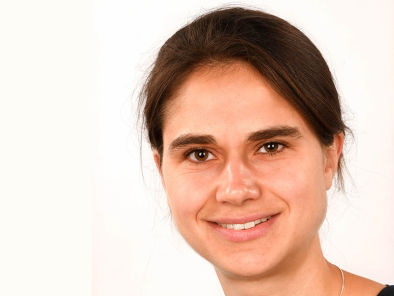

Abstracts Division 3
59. Resistance training preserves muscle mass and strength in prostate cancer patients on androgen deprivation therapy

Lisanne H.P. Houben1,2,3*, Maarten Overkamp1,2,3*, Jorn Trommelen1, Puck van Kraaij1,2, Joep G.H. van Roermund4, Peter de
Vries5, Kevin de Laet6, Saskia A. van der Meer7,
Luc J.C. van Loon1,3, Sandra Beijer2,3, Milou Beelen1,3
1Department of Human Biology, NUTRIM School of Nutrition and Translational Research in Metabolism, Maastricht University Medical Centre +, Maastricht, the Netherlands;
2Netherlands Comprehensive Cancer Organisation (IKNL), Utrecht, the Netherlands;
3TiFN ,Wageningen, the Netherlands;
4Department of Urology, Maastricht University Medical Centre +, Maastricht, the Netherlands;
5Department of Urology, Zuyderland Medical Centre, Heerlen, the Netherlands;
6Department of Urology, Máxima Medical Centre, Veldhoven, the Netherlands;
7Department of Urology, Jeroen Bosch Hospital, ‘s-Hertogenbosch, the Netherlands
*these authors contributed equally to this work
Introduction
Androgen deprivation therapy (ADT) forms the cornerstone in the treatment of (locally) advanced prostate cancer (PCa). However, ADT results in a decline in muscle mass and strength. We hypothesized that resistance-type exercise training (RET) is an effective strategy to counteract these adverse effects, further enhanced by protein supplementation.
Methods
Sixty PCa patients receiving ADT completed 20 weeks of RET (60 min, twice a week). They were randomly assigned to consume 31g whey protein (n=30) or placebo (n=30) after exercise and every evening before sleep. A separately recruited control group (n=36) only received usual care. At baseline and after 20 weeks, muscle mass (quadriceps cross-sectional area (CSA): computed tomography), leg strength (leg press and leg extension 1-repetition maximum: 1RM) and habitual protein intake (food diary) were assessed. Quadriceps-CSA and habitual protein intake were analyzed using repeated-measures ANOVA (time x treatment), followed by within-group (paired t-tests) and between-group (univariate general linear models (GLM)) analyses. For 1RM-data the %-differences over time within groups was calculated and compared between groups with univariate GLM.
Results
Over time, muscle mass and strength declined in the control group (quadriceps-CSA: 66.4±9.0 to 65.2±8.5 cm2; leg press 1RM: -5±11%; leg extension 1RM: -6±15%) and increased in both exercise groups (exercise+placebo: quadriceps-CSA: 63.1±10.6 to 65.1±10.8 cm2; leg press 1RM: +12±14%; leg extension 1RM: +19±15%; exercise+protein: quadriceps-CSA: 60.5±8.3 to 62.4±8.6 cm2; leg press 1RM: +13±11%; leg extension: +15±19%). Muscle mass and strength increased significantly in both exercise groups compared to the control group, with no differences between the exercise groups. Habitual protein intake did not differ between groups and over time, and was >1.0 g/kg bodyweight/day.
Conclusions
Resistance-type exercise training counteracts the decline in skeletal muscle mass and strength in PCa patients receiving androgen deprivation therapy, with no additional benefits of protein supplementation probably due to optimal habitual protein intake.

NUTRIM | School of Nutrition and Translational Research in Metabolism
NUTRIM aims to contribute to health maintenance and personalised medicine by unraveling lifestyle and disease-induced derangements in metabolism and by developing targeted nutritional, exercise and drug interventions. This is facilitated by a state of the art research infrastructure and close interaction between scientists, clinicians, master and PhD students.
www.maastrichtuniversity.nl/nutrim